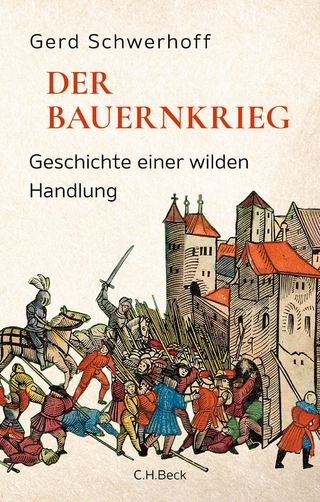
Everyday Silence and the Holocaust
Routledge (Verlag)
978-1-032-61243-0 (ISBN)
A central example of what C. Wright Mills considered the core of sociology – the intersection of biography and history – the book covers the process by which the author came to understand that notes found in her mother’s apartment following her death were not unimportant scribbles, but in fact contained elements of her mother’s biographical narrative, recording her parents’ escape from occupied Norway to unoccupied Sweden in late 1942. From the mid-1990s, when society began to open up about the atrocities committed against the Jews, so too did the author find that her mother and the wider Jewish population ceased to be silent about their war experiences and began to talk. Charting the process by which the author traced the family’s broader history, this book explores the use of silence, whether in the family or in society more widely, as a powerful analytic tool and examines how these silences can intertwine. This book provides insight into social processes often viewed through a macro-historical lens by way of analysis of the life of an "ordinary" Jewish woman as a survivor.
An engaging, grounded study of the biographical method in sociology and the role played by silence, this book will appeal to readers with an interest in the Holocaust and World War II, as well as in social scientific research methods. It will be of use to both undergraduate and postgraduate scholars in the fields of history, social science, psychology, philosophy, and the history of ideas.
The Open Access version of this book, available at http://www.taylorfrancis.com, has been made available under a Creative Commons [Attribution-Non Commercial-No Derivatives (CC-BY-NC-ND)] 4.0 license.
Irene Levin is Professor Emerita in social work at Oslo Metropolitan University. She has been co-editor of The Holocaust as Active Memory, Social Work and Sociology, and Families and Memories. She has also written Norwegian Jewish Women: Wartime Agency – Post-War Silence in Women and War, The Escape from Norway in Civil Society and the Holocaust, and Silence, Memory and Migration in Families and Migration.
Preface Part I: Before the war Mother and father get married – a wedding and a shop | The application for Norwegian citizenship Part II: During the war The living would envy the dead | Three months in 1942 – the anti-Jewish policy is intensified | Rumours begin to circulate | The hunt for no. 490 and no. 301 | The "Arian" policeman | Mrs. Follestad starts organising the escape | On the doorstep of the psychiatric clinic, 6 p.m. | The arrest of Rubin Pinkowitz | Refugees in Sweden | «Oj Gott wher kommt» Part III: After the war What did they come home to? | Traces of grandfather in the archives | Getting away from the memories | Jewish voices in the public sphere | Us and the others | Self-reproach | Mother breaks the silence Part IV: The language of silence: A postscript Appendix 1: Fatalities Appendix 2: Method
| Erscheinungsdatum | 10.07.2024 |
|---|---|
| Zusatzinfo | 2 Line drawings, black and white; 39 Halftones, black and white; 41 Illustrations, black and white |
| Verlagsort | London |
| Sprache | englisch |
| Maße | 156 x 234 mm |
| Gewicht | 453 g |
| Themenwelt | Geschichte ► Allgemeine Geschichte ► Neuzeit (bis 1918) |
| Geschichte ► Allgemeine Geschichte ► 1918 bis 1945 | |
| Sozialwissenschaften ► Ethnologie | |
| Sozialwissenschaften ► Soziologie | |
| ISBN-10 | 1-032-61243-6 / 1032612436 |
| ISBN-13 | 978-1-032-61243-0 / 9781032612430 |
| Zustand | Neuware |
| Informationen gemäß Produktsicherheitsverordnung (GPSR) | |
| Haben Sie eine Frage zum Produkt? |
aus dem Bereich


